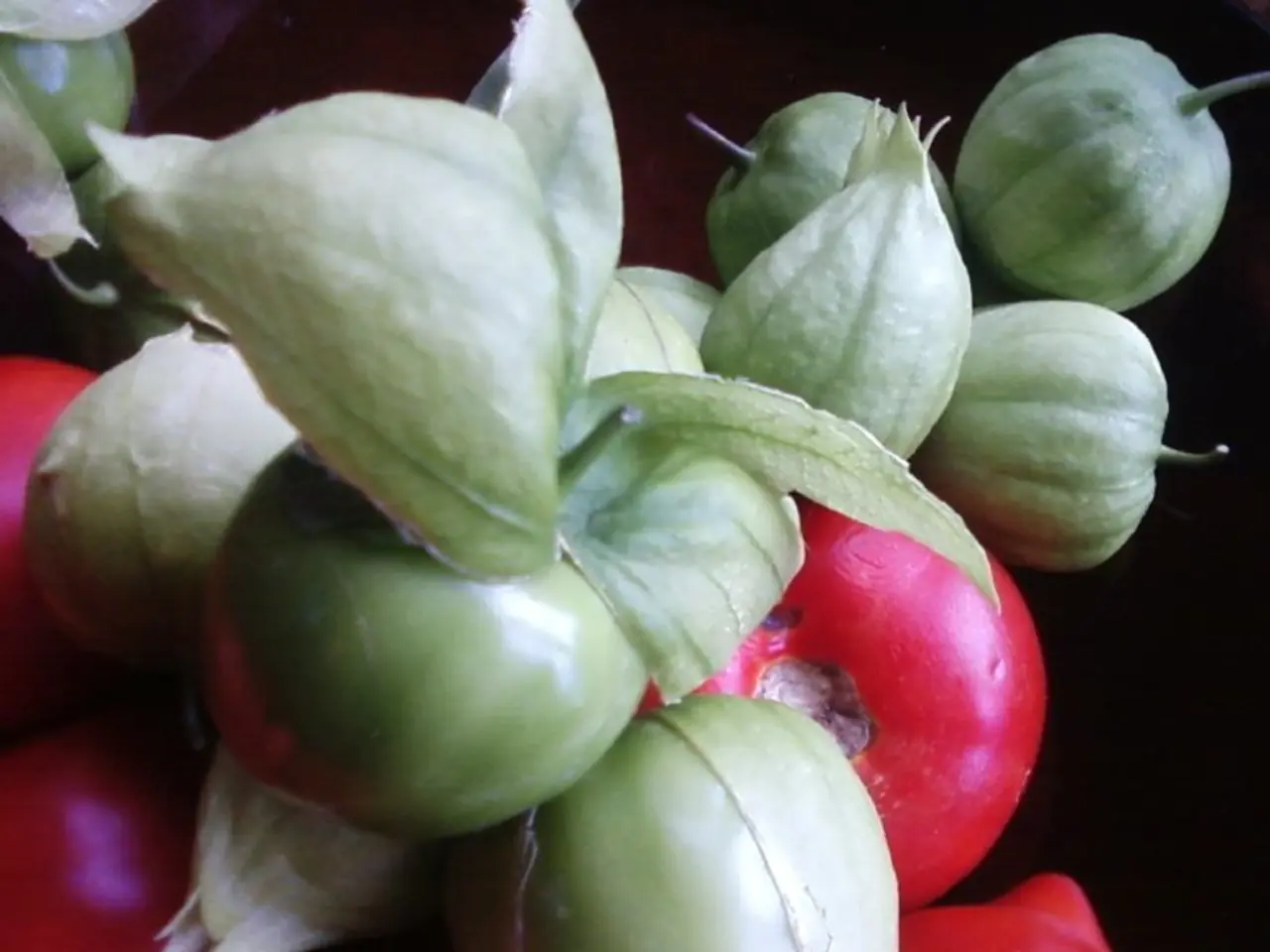Cultivate your edible plants in March
Springtime brings a bounty of opportunities for gardeners to sow seeds directly outdoors, creating a lush and colourful garden filled with fresh produce. Here's a step-by-step guide on how to direct sow seeds for some popular cool-season vegetables, such as carrots, salad leaves, spring onions, and beetroot.
Choosing the Right Time
These crops are cold-hardy or cool-season vegetables that can be sown directly outside once the soil can be worked in spring, often several weeks before the last frost date. Timing is crucial to ensure the seeds have enough time to germinate and grow before the arrival of warmer weather.
Preparing the Soil
Clearing the planting area of weeds and loosening the soil is essential. Enrich the soil with compost or a balanced fertiliser to ensure good drainage and fertility. This preparation will provide the optimal conditions for your seeds to thrive.
Sowing the Seeds
Carrots
Sow carrot seeds thinly in shallow drills about ¼ inch deep, spacing seeds every 1–2 inches. Once seedlings emerge, thin them later to about 2–3 inches apart to allow root development.
Salad Leaves (e.g., Lettuce, Arugula)
Sow seeds thinly in rows or broadcast on the soil surface, cover lightly with soil, about ¼ inch deep.
Spring Onions
Sow seeds in shallow drills approximately ½ inch deep, spaced about 1 inch apart.
Beetroot
Sow seeds ½ to 1 inch deep, spacing seeds about 1–3 inches apart in rows 12–18 inches apart.
Watering and Thinning
Gently water the soil after sowing to keep it moist but not waterlogged. Consistent moisture is important for germination but avoid over-saturating, which can cause seed rot. Once seedlings emerge, thin them as needed to prevent overcrowding and encourage strong growth.
Succession Sowing
For a continuous harvest throughout the growing season, consider succession sowing for salad leaves and spring onions. This practice allows you to sow new seeds every few weeks, ensuring a fresh supply of produce.
Direct sowing is preferable for these crops because they are sensitive to root disturbance and transplant shock, making direct sowing the best option for steady development through their full lifecycle. Using a planting calendar or outdoor planting calculator based on your local last frost date can help time sowing perfectly for your conditions.
Happy gardening, and enjoy the fruits—or vegetables—of your labour!
[1] Gardeners' World
[2] The RHS
[3] Garden Myths
[4] Gardening Know How
[5] The Spruce
Incorporating raised beds into your home-and-garden setup can enhance your gardening lifestyle, as they provide an optimal environment for direct sowing seeds. For instance, when sowing carrots in raised beds, ensure seeds are thinly spread in shallow drills about ¼ inch deep, spaced every 1–2 inches. [Gardening Know How]
Salad leaves, such as lettuce or arugula, can be easily grown in raised beds by sowing thin rows or broadcasting seeds on the soil surface, covering them lightly with about ¼ inch of soil. [The Spruce]
Furthermore, succession sowing, particularly for salad leaves and spring onions, is highly recommended when using raised beds. This practice allows continuous harvesting of fresh produce throughout the growing season. [Garden Myths]




